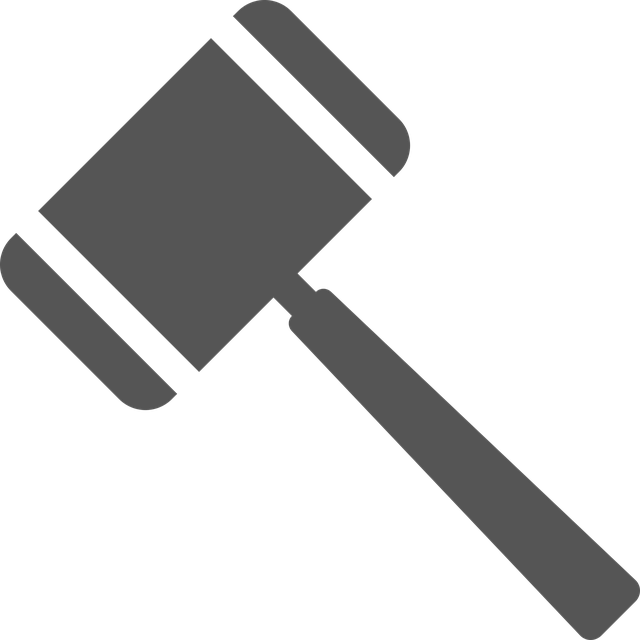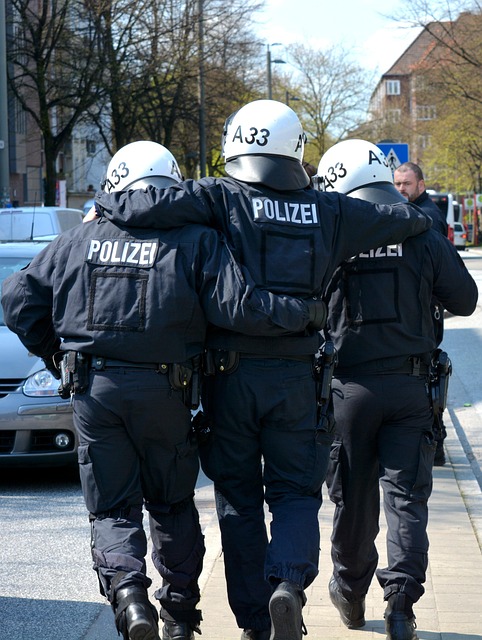In pedestrian accidents, establishing pedestrian accident liability requires understanding key roles of drivers, pedestrians, and sometimes third parties like city governments or property owners. Drivers have a duty of care to operate safely while pedestrians must follow traffic rules and exercise caution. Determining fault involves considering right-of-way, signals, external factors, insurance coverage disputes, and legal representation is crucial for navigating complexities in personal injury claims. Complex cases may require shared liability determinations, with damages including medical expenses, pain and suffering, and lost wages. Real-world scenarios highlight individual responsibility and systemic issues like road design or signage deficiencies, emphasizing the importance of both personal accountability and infrastructure improvements for public safety.
Pedestrian accidents can have severe consequences, making the determination of legal liability a complex process. This article delves into the intricacies of pedestrian accident liability, exploring key players and their responsibilities. We present a step-by-step analysis of legal factors that influence decisions and offer real-world case studies to illustrate how courts interpret and apply these principles. Understanding these dynamics is crucial for both victims and defendants navigating the legal landscape surrounding pedestrian accidents.
- Understanding Pedestrian Accident Liability: Key Players and Responsibilities
- Legal Factors in Determining Liability: A Step-by-Step Analysis
- Case Studies: Real-World Examples of Pedestrian Accident Liability Decisions
Understanding Pedestrian Accident Liability: Key Players and Responsibilities

In a pedestrian accident, determining liability involves understanding key players and their responsibilities. The primary participants include the driver, the pedestrian, and, in some cases, third parties like city governments or property owners. Each party has distinct roles and potential legal obligations. For instance, drivers have a legal duty of care to operate their vehicles safely and avoid harming pedestrians. Pedestrians, on the other hand, must follow traffic rules and exercise reasonable caution when crossing roads.
When an accident occurs, establishing liability requires careful consideration of various factors such as who had the right of way, whether there were any traffic signals or signs ignored, and if external elements like poor lighting or uneven pavement contributed to the incident. Legal representation plays a crucial role in navigating these complexities, especially when personal injury claims are involved. Insurance coverage dispute is another common issue where policies and deductibles may impact the financial responsibility for damages caused in pedestrian accidents.
Legal Factors in Determining Liability: A Step-by-Step Analysis

In the event of a pedestrian accident, determining liability is a complex process that involves several legal factors. The analysis typically begins with establishing fault, which can be attributed to either the pedestrian or the driver. Key considerations include evaluating the actions and inactions of both parties at the time of the incident. For instance, if a pedestrian suddenly dashed into traffic without looking, a court might rule the individual primarily liable. Conversely, if a driver was speeding or failed to yield right-of-way, they could be held mostly responsible.
The next step is assessing damages and their severity. This includes medical expenses, pain and suffering, lost wages, and other relevant costs incurred by the pedestrian. The role of a personal injury attorney becomes crucial here, as they can help victims navigate the legal system and advocate for fair compensation. In some cases, especially with severe injuries or complex scenarios like business litigation or medical malpractice, the responsibility may be shared between both parties, leading to a more nuanced liability determination.
Case Studies: Real-World Examples of Pedestrian Accident Liability Decisions

In real-world scenarios, understanding pedestrian accident liability is brought to life through case studies that highlight pivotal decisions in determining fault and compensation. For instance, consider a scenario where an elderly pedestrian, residing in a nursing home, suffers injuries while crossing a street due to a driver’s failure to yield. The court may rule in favor of the pedestrian, attributing liability to the driver for their negligence, especially if evidence shows that the driver was unaware of local traffic laws regarding senior pedestrians. This decision not only compensates the victim but also sends a clear message about the importance of safe driving practices around vulnerable individuals.
Another case might involve a younger pedestrian who is hit by a vehicle while crossing a busy intersection without looking both ways. The court could find the pedestrian at fault for contributing to the accident due to their disregard for basic safety measures. In contrast, if a personal injury lawyer represents a client in a situation where a poorly designed road or lack of proper signage contributes to an accident, they might argue for reduced liability or even negligence on the part of the local government or infrastructure developers. These case studies illustrate the multifaceted nature of pedestrian accident liability, emphasizing both individual responsibility and potential systemic issues that require attention from auto accident lawyers.
Pedestrian accident liability is a complex legal matter with multiple variables, from understanding key players’ responsibilities to analyzing specific case studies. By examining the interplay between driver, pedestrian, and environmental factors, courts can determine liability accurately. Awareness of these legal considerations is crucial for both parties involved in such accidents, ensuring fairness and just outcomes in the event of disputes. This comprehensive analysis highlights the step-by-step process, real-world applications, and key takeaways related to pedestrian accident liability.





